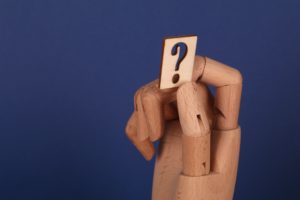A thin ray of sunshine slips through the terrene autumn leaves, impacting their face and causing a slight saturation of the iris. Sinchornonic movement of tilting the head backwards and an antonymic mouth widening while eyes narrow. All the moment’s elements lead to the crescendo of a burst of sound echoing out of their mouths. So many instances are fortified and amplified by this bodily reaction that we call laughter; it is a subconscious reaction to verbal and social stimuli. Laughter is an action that has intrinsic power and peculiarity depending on the person and context.
A plethora of different kinds of laughter emulates the sentiment of a moment. There are instances where you are supposed to be serious, yet you can’t resist giggling when eye contact is made with a friend. Other times you have just been told outrageous news that has left you dumbfounded, and the only natural reaction is to chuckle in disbelief. Sometimes, after a series of back and forths of continuous bits and jokes, your body begins to convulse, your mouth is completely open, but no sound comes out; your stomach is in agony, and your eyes start to tear up from the sheer intensity of laughter. Laughter is a catalyst, and the essence of the emotion felt in a particular occasion.
This action is a form of expression unique to each individual. Each person has a particular way of exerting this bodily reaction. It is a defining character trait that each of us possesses. When the context arises, the tone, volume, movement, and duration vary from person to person. Over the past year, I have come to notice that it is an almost entirely exceptional part of each individual. As this realization became more evident, I unconsciously acknowledged the particularities of the laughter of those close to me. I am confident that I could successfully recognize my closest friends and family from only a recording of their laughter.
Moreover, laughter’s influence extends further than a means of expression or identification. Extensive scientific literature shows the positive physiological effects of laughter. For starters, laughter directly correlates with improvements in sleep, immunosuppression, pain, and depression. There are even unique treatments, such as Laughter Yoga, where patients imitate the movements and sounds of laughter to reap the benefits. This method produced a decline in the physiological effects of stress and anxiety and even enhanced sleep quality in people with Parkinson’s. It seems like laughter really is the best medicine.
Laughter has the ability to be the most straightforward yet most genuine avenue of self-expression. It is a phenomenon that represents each individual in an unparalleled way. Life is a continuous series of impermanent fleeing moments. A few seconds of laughter is one of the few brief pockets of bliss unlike any other. It has the ability to transport us to a dimension of purity and beauty for a short instant. A juncture without anxiety, shadows, or clouds. I cannot imagine a world without it, and I couldn’t recognize some people if they didn’t have it; it is a quintessential part of what makes them who they are. So much of what life is about is represented by laughter. The pursuit of happiness and the gratitude for these brief pockets of ecstasy make even the harshest bruise worth it.
“Most people think of laughter as a simple response to comedy, or a cathartic mood-lifter. (…) I concluded that laughter is primarily a social vocalization that binds people together. It is a hidden language that we all speak.”1
Dr. Robert Provine, 2000
Featured image by: S&B Vonlanthen / Unsplash
1https://www.psychologytoday.com/intl/articles/200011/the-science-laughter






